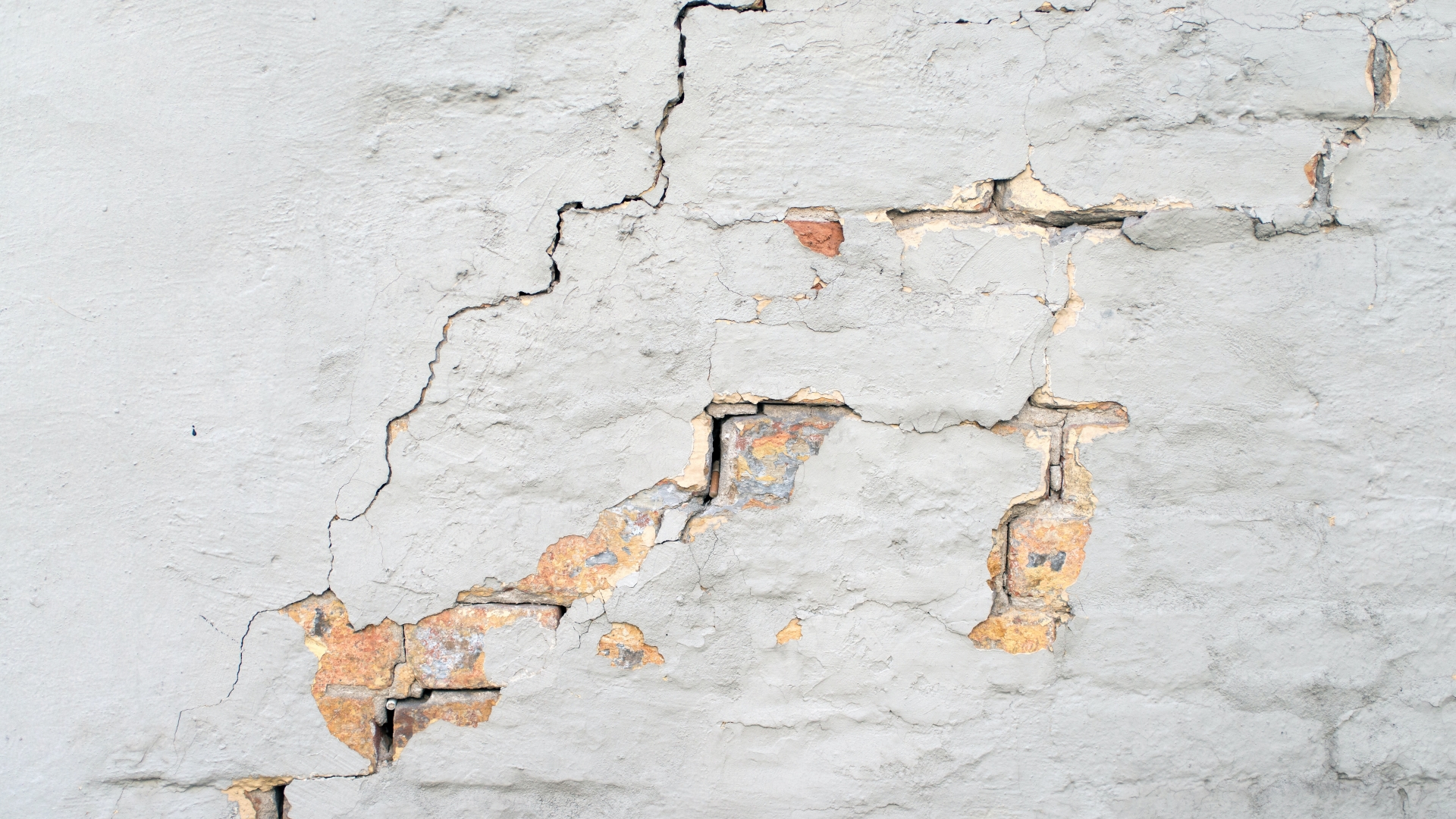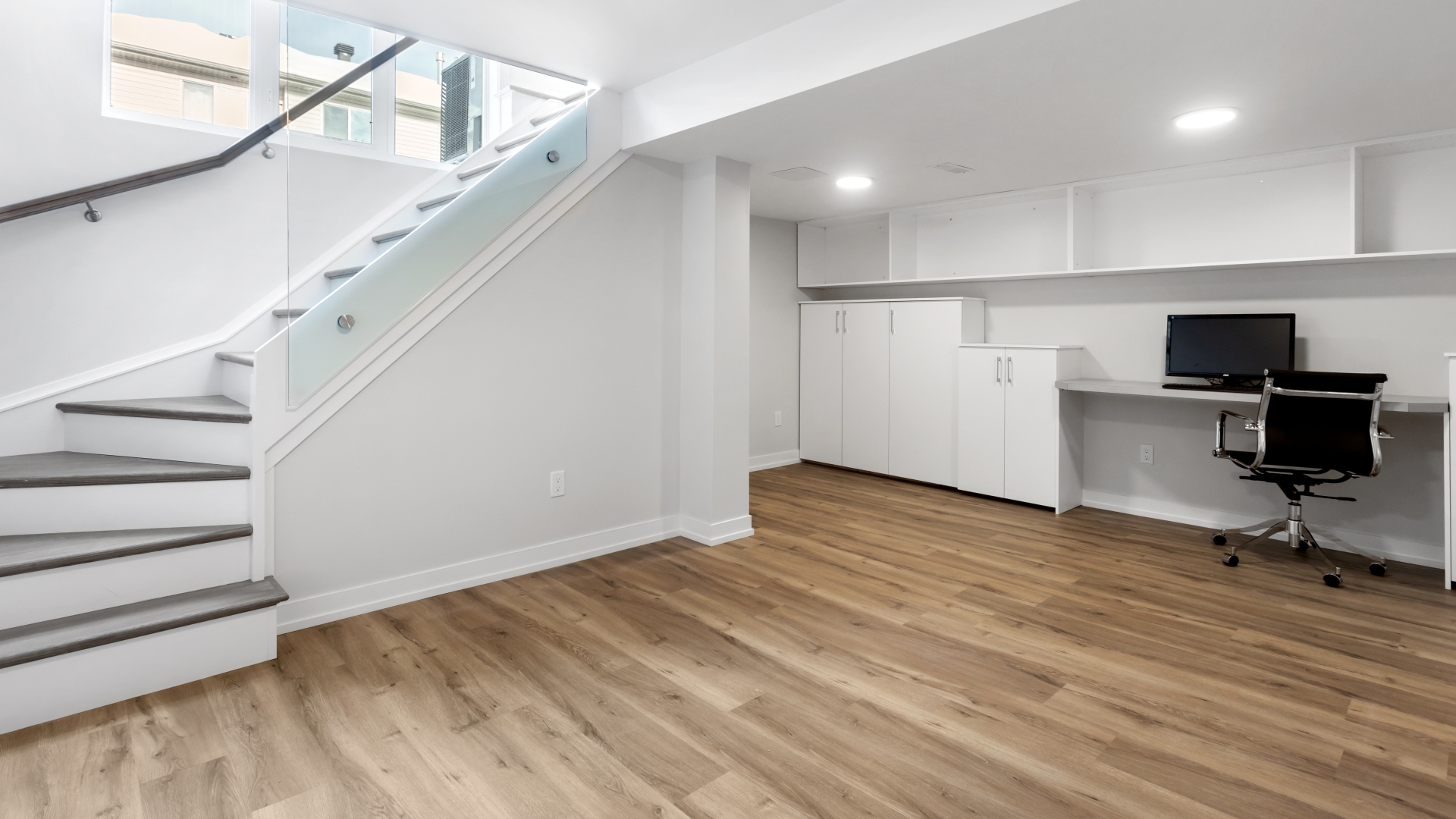As homeowners, we understand the significance of maintaining our properties. An often-overlooked aspect is roofing; an inspection should take place every few years to make sure it remains in good condition and offers protection from elements.
We will explore why roof inspections are necessary and how they should be conducted, the benefits of scheduled inspections, what signs may indicate an issue, and what to watch out for during an inspection. No matter your role – homeowner or professional – this guide provides all the knowledge you need to keep your roof in top condition.
Understanding the Importance of Roof Inspections
Roof inspections are necessary to ensure your roof remains in top condition and to help avoid future damages. In this section, we will examine why roof inspections should take place as well as the necessary safety precautions involved.
In particular, this section will highlight why and how important inspections should occur as well as any preventative measures which must be implemented after they take place. Before performing a roof inspection, it is crucial that precautions be taken in order to avoid accidents.
We suggest the following measures to keep everyone safe: Wear appropriate safety gear such as hard hats, safety glasses and non-slip shoes as well as using sturdy ladders with someone holding onto it so you don’t slip while climbing up them.
Do not walk on the roof when it is wet or covered in snow and ice. Always remain aware of electrical wires or any potential hazards on the roof, including electrical wires that could become hazards over time.
Regular roof inspections can help avoid future damages and save you money over time;
Here are a few reasons why roof inspections are essential:
Locate problems before they become large: Scheduling regular inspections is key for identifying small issues like cracks or leaks before they turn into major headaches that require costly repairs.
Reducing premature replacement: Regular roof maintenance can extend its life and help avoid premature replacement costs. Maintain warranty: Many warranties require regular inspections and maintenance checks in order to remain valid.
Energy Efficiency: Maintaining a roof properly can significantly enhance energy efficiency in the home and reduce energy bills.
Roof inspections are essential to protecting the integrity and durability of your roof, preventing future damages and saving money in the process. By taking preventive steps and conducting regular inspections, you can ensure your roof remains in top shape while saving both time and money in the process.
Essential Components of a Roof Inspection
A comprehensive roof inspection involves two key areas that must be examined – exterior and interior inspection. Here’s what to watch out for during each part of an inspection:
At an exterior inspection, we inspect several components. Roof Coverage: We check for signs of damage such as missing or broken shingles to make sure it’s installed and sealed correctly.
Flashing: Our experts examine flashing around chimneys, vents and other roof penetrations to ensure that it has been correctly installed and sealed. Gutters and downspouts: Our technicians inspect gutters and downspouts for signs of damage or obstruction to ensure optimal functioning.
Roof Structure: Our experts inspect the roof structure to make sure it is in excellent condition, without signs of sagging or other structural problems. Skylights: We check skylights for any sign of damage or leaks before conducting our interior inspection service.
As part of an interior inspection, we examine several components:
Attic: We inspect the attic for signs of water damage such as staining or mold growth as well as ensure there is sufficient ventilation and insulation.
Ceilings and walls: We examine ceilings and walls for signs of water damage, such as stains or peeling paint, which indicates water intrusion. Chimneys and vents: We inspect for signs of damage or leaks on chimneys or vents that penetrate roof surfaces, such as chimneys or vents that penetrate roof rafters.
Insulation: We inspect the attic insulation to make sure it has been installed correctly and that there are no gaps or missing areas. By conducting a roof inspection, we can identify any issues which need to be resolved quickly before they become major problems.
Identification of Common Roof Issues
It’s essential to remain vigilant during a roof inspection for issues that could require costly repairs or even replacement – this includes common problems like:
Leaks and Moisture
One of the clearest indicators of roof issues is water damage. Leaks can occur for various reasons, including damaged flashing, missing shingles or clogged gutters; left untreated these leaks can lead to mold growth as well as structural damage that needs immediate treatment.
To pinpoint leaks and moisture issues, we look for water stains on ceilings or walls as well as signs of mold or mildew growth. Furthermore, we inspect roofs to check for vulnerable spots such as around chimneys or vents where leakage might occur.
Punctures and Holes
A common roof issue we focus on identifying is punctures or holes in the roof. These may have been caused by falling branches, hail storms or even foot traffic on the roof itself. Over time these small punctures can add up and lead to bigger issues – like water damage or even collapsed roofing systems.
To detect punctures and holes, we conduct an inspection of your roof for signs of visible damage such as missing shingles or dented metal panels, while inspecting its deck for signs of decay such as sagging or rotting wood boards.
By identifying common roof problems early, we can help prevent costly repairs and increase longevity for your roof.
How to Conduct a Roof Inspection
When it comes to conducting a roof inspection, there are two options for inspections: hiring an inspector and/or doing it yourself. Below is what you should know about both strategies:
Professional Roof Inspection
If you prefer professional inspection services or simply prefer having more thorough results, hiring one could be the right solution for you. Here’s what to expect during such an assessment:
Thorough inspection of all components, including shingles, flashing, gutters and vents to assess their condition. Inspection for potential issues or damages such as leaks, cracks or missing shingles.
Recommendations and estimates for repairs or replacements as well as costs estimates are provided in a detailed report outlining the results of the inspection.
DIY Roof Inspection
By contrast, conducting your own roof inspection may save money and be performed with relative ease by following these simple steps:
Before climbing onto your roof, ensure you have the necessary safety equipment such as a harness, sturdy ladder and non-slip shoes.
Inspection from the Ground: From a distance, take a good, hard look at your roof from ground level and inspect for signs of any visible damage, such as missing or damaged shingles, cracks or sagging. Checking Interior of Roof: Head into your attic and carefully examine its underside for leaks, water damage or mold growth.
Climb on Your Roof: Once your initial inspections have been conducted, step carefully onto your roof to inspect it more closely for signs of wear and tear or damage, such as cracked shingles or frayed flashing.
As you inspect your roof, take note and photos of any issues you find to keep an accurate record of what needs to be repaired or replaced. This will enable you to stay organized in terms of repairs or replacement needs.
Remember, if you feel unequipped or uncertain of how to conduct a DIY inspection yourself, or are uncertain of what signs to look out for, professional inspection services are always recommended.











